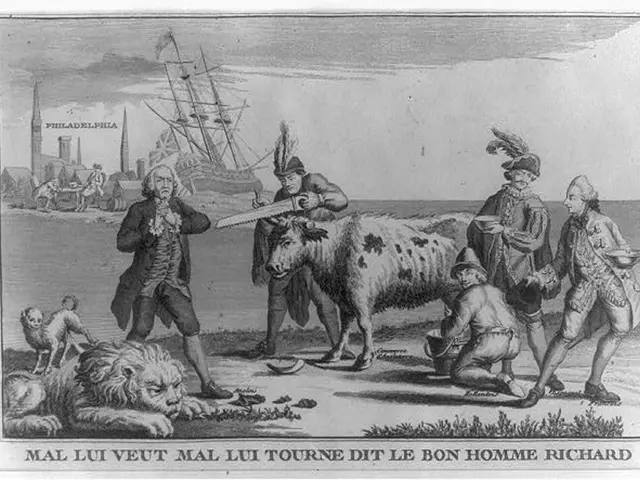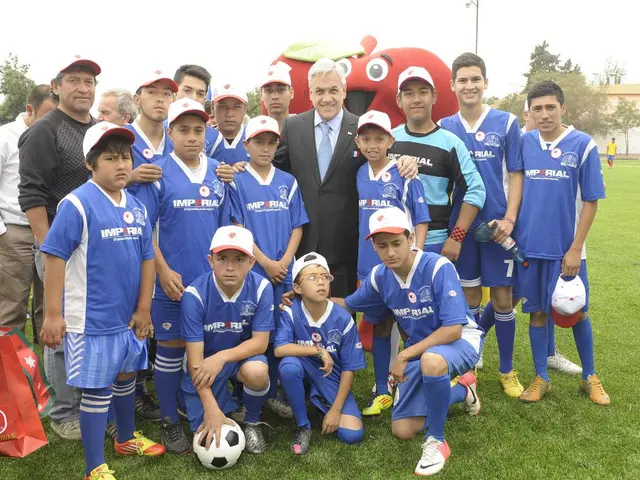Strategies for Multiple Platform Advertising: Ways to Recycle, Coordinate, and Expand your Political Campaigns Across Various Channels
In the world of politics, content is king. It's the lifeblood of any campaign, helping potential voters understand a campaign's platform and its values. But in today's digital age, simply creating content isn't enough. That's where multi-channel content marketing comes in.
This strategy integrates AI-driven insights, omni-channel concepts, and storytelling to create authentic, valuable content across platforms. It combines digital growth strategies with human emotional engagement, ensuring political campaigns reach their audience effectively.
The strategy involves more than just social media. It includes managing and activating influencer content, leveraging platforms and technology for wide reach and engagement. Offline content can be linked to online content via QR codes, hashtags, or cross-promotion.
Influencers, such as those on Instagram, YouTube, and regional platforms, can amplify messages while maintaining authenticity with niche audiences. They play a crucial role in a multi-channel strategy, helping campaigns reach a broader audience.
Scaling content for political campaigns is a delicate balance. It involves creating a consistent schedule, repurposing content, and using infographics or videos in addition to written content. Key points to remember include creating quality content that can be repurposed and shared across various channels, having a clear and consistent strategy for distributing this content, and a system to track its performance.
Tools like Hootsuite, Buffer, HubSpot, Sprout Social, and custom CRMs that manage content calendars, scheduling, and analytics can help manage this process. Creating a content calendar using a tool like CoSchedule, collaborating with other team members, and keeping goals in mind are ways to organise content effectively.
AI tools can assist with content scheduling, performance prediction, personalized messaging, and real-time trend adaptation. They help campaigns stay agile and responsive, adapting to the ever-changing political landscape.
However, it's important to remember that content should be easy to understand and digestible. Avoiding jargon and complex language is key to ensuring your message reaches as many people as possible.
Visual content, such as images, gifs, and videos, can help increase engagement. They provide a break from text-heavy content and can help convey complex ideas more effectively.
Organising content for political campaigns involves dividing content into categories, creating a timeline, and reviewing content regularly. This ensures that content remains relevant and engaging, and that it supports the overall campaign strategy.
To reach a larger audience, political campaigns can use social media platforms, create shareable content, and consider paid advertising. Consistency is key in posting content across channels, with daily posts for social platforms, weekly blogs, and real-time updates during events being common.
In conclusion, a solid multi-channel content marketing strategy is crucial for political campaigns, including a plan for scaling content. By understanding the needs of their audience and leveraging the right tools and strategies, campaigns can effectively communicate their message and engage with voters, ultimately leading to a successful campaign.
Read also:
- Today's most impactful photographic moments
- Support for Eric Adams in The Post's Letters to the Editor on August 13, 2025
- Roosting Shark and Rambunctious Red Squirrels: Unconventional House Rental in Yorkshire Involving Aquatic Marvel, Squirrely Mayhem, and Mystical Planning Regulations
- Legal Dispute Dismissed with Humor: Supreme Court Laughs off Another Civil Matter Mislabeled as Criminal Prosecution








